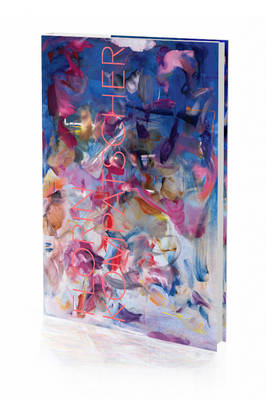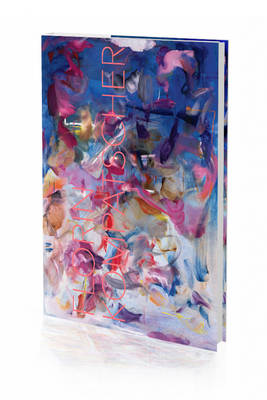
- Afhalen na 1 uur in een winkel met voorraad
- Gratis thuislevering in België vanaf € 30
- Ruim aanbod met 7 miljoen producten
- Afhalen na 1 uur in een winkel met voorraad
- Gratis thuislevering in België vanaf € 30
- Ruim aanbod met 7 miljoen producten
Zoeken
Florin Kompatscher: Tint
Tint
Margareta Sandhofer, Florin Kompatscher, Sandro Droschl, Gregor Janssen
Hardcover | Engels
€ 76,95
+ 153 punten
Omschrijving
The seemingly random and spontaneous lines and formations in the paintings of Florin Kompatscher are reminiscent of an airy constellation of individual, yet corresponding comic panels. Recently he has taken this to the extreme and developed it into a spatially perceptible, accessible construct in the world of symbols--from panel painting and wall painting to sculpturally formed lineatures. Yet another explorer of the phenomena of a visual subjectivity is Albert Oehlen--both painters, Kompatscher and Oehlen, know and appreciate each other, and Oehlen likewise juxtaposes the invariably dominant abstraction of his painting with isolated figurative elements. Both thus abrogate a tradition that saw abstraction in strict opposition to illusionistic representationalism in painting. Oehlen coined the wonderful term of "post-non-representationality" for this; with Kompatscher this can be expanded to the even more paradoxical concept of "post-pre-representationality." Or simply said, according to Merleau-Ponty: "Nothing is more difficult than to know precisely what we see."
Specificaties
Betrokkenen
- Auteur(s):
- Uitgeverij:
Inhoud
- Aantal bladzijden:
- 200
- Taal:
- Engels
Eigenschappen
- Productcode (EAN):
- 9783864423659
- Verschijningsdatum:
- 1/03/2023
- Uitvoering:
- Hardcover
- Formaat:
- Genaaid
- Afmetingen:
- 219 mm x 311 mm
- Gewicht:
- 1501 g

Alleen bij Standaard Boekhandel
+ 153 punten op je klantenkaart van Standaard Boekhandel
Beoordelingen
We publiceren alleen reviews die voldoen aan de voorwaarden voor reviews. Bekijk onze voorwaarden voor reviews.








